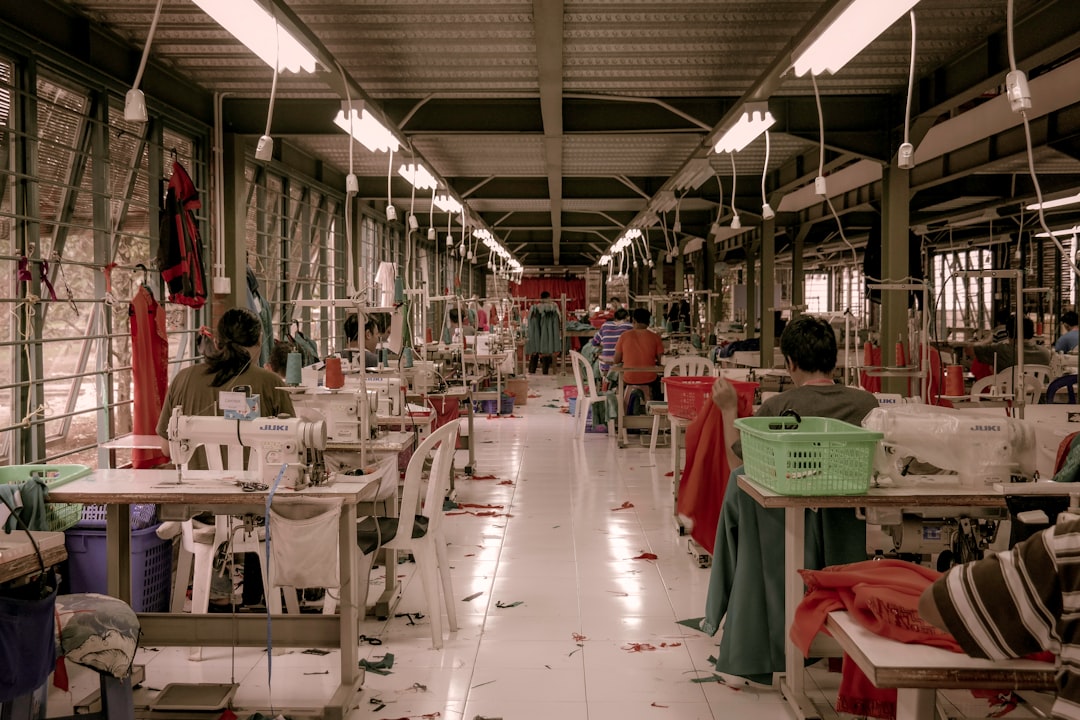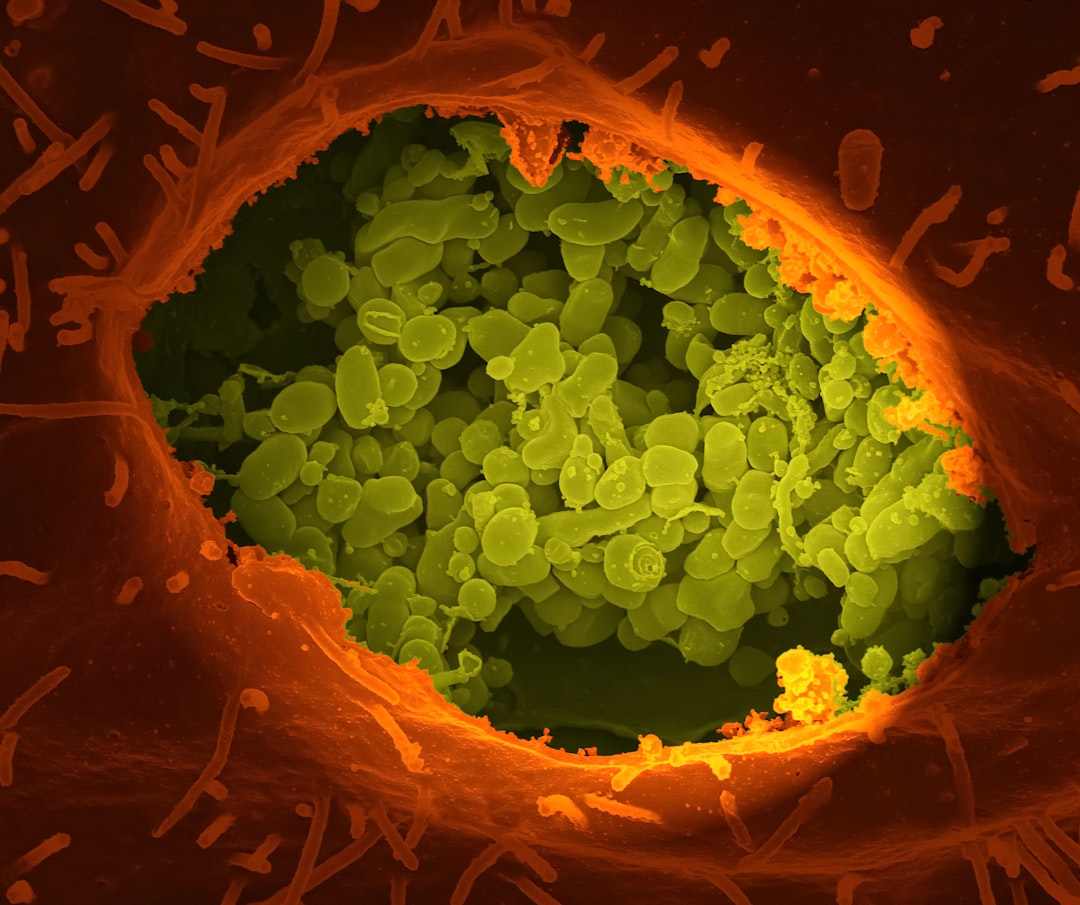What is it about?
Adolescent rats show inflexible behaviors when making decisions in conflictual situations (seeking sweetened reward despite punishment), pointing out the delayed maturation of the insula as a possible promoter of inflexible reward-related behaviors
Featured Image

Photo by Kirk Morales on Unsplash
Why is it important?
Adolescents have long been considered as high risk-taking impulsive individuals, with limited understanding of the risks associated with this behavior, reflecting a decreased top-down control of behavior thought to result from the still ‘under-developed’ prefrontal cortex in adolescence. Here we reveal that most likely this is the delayed maturation of the insula that may promote inflexible reward seeking behaviors in adolescents.
Perspectives
Our observations partially unveil how the delayed maturation of the insula may result in suboptimal integration of sensory and cognitive information in adolescents, possibly promoting excessive reward seeking behaviors. Understanding how interoceptive inference contributes to shaping the emotional brain, notably during adolescent development, is of the highest relevance, in particular for preventing the emergence of psychiatric conditions.
Benjamin Boutrel
Lausanne University Hospital and University of Lausanne
Read the Original
This page is a summary of: Reversing anterior insular cortex neuronal hypoexcitability attenuates compulsive behavior in adolescent rats, Proceedings of the National Academy of Sciences, May 2022, Proceedings of the National Academy of Sciences,
DOI: 10.1073/pnas.2121247119.
You can read the full text:
Contributors
The following have contributed to this page










